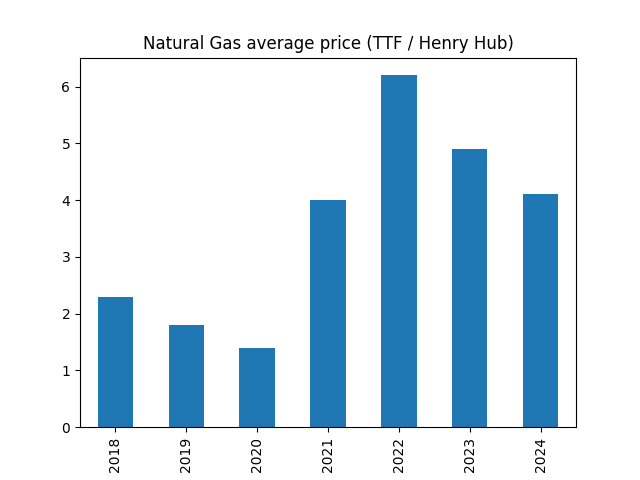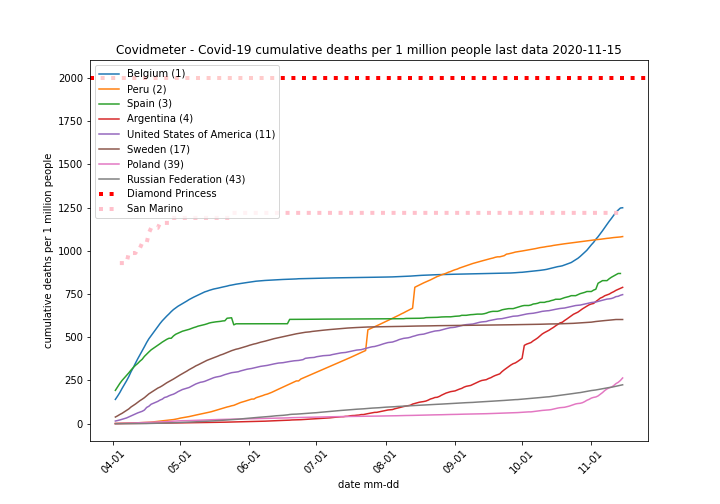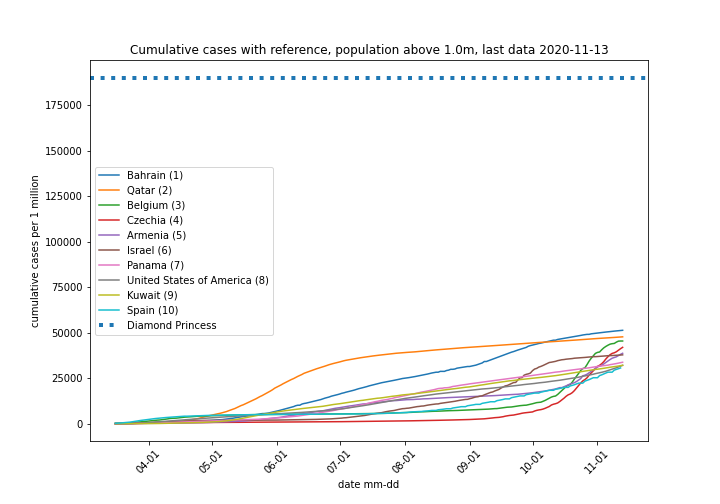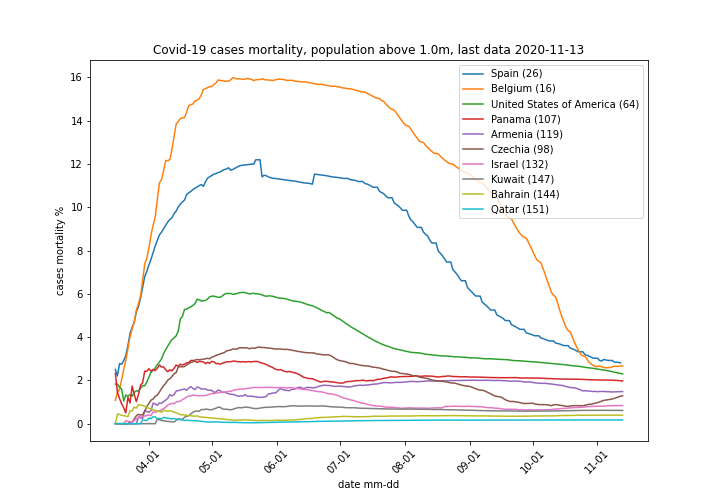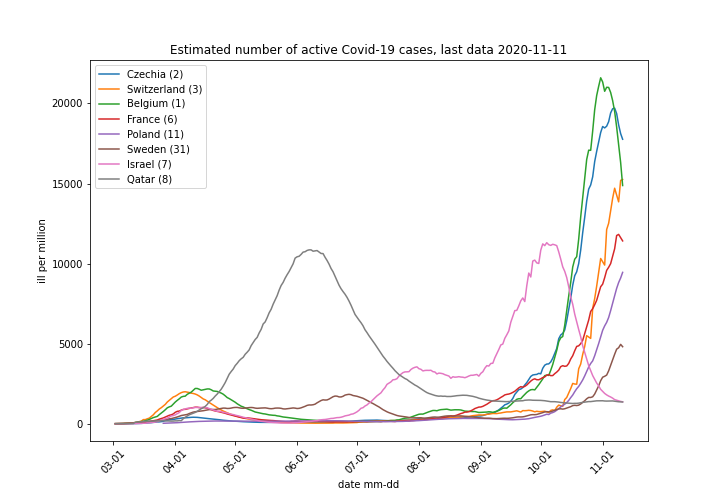Budowana w Wielkiej Brytanii elektrownia atomowa ma 6 lat opóźnienia. Jej obecnie szacowany koszt przekracza trzykrotnie oryginalnie planowany bużet.
W Polsce elektrowni jądrowych nie ma, są dumne plany ich budowy. Można wspomnieć wizje rządu z roku 2010, kiedy spółka PGEEJ1 obiecywała uruchomić pierwszy reaktor energetyczny w roku 2022. Wtedy oceniano koszty budowy na 1-2 miliony EUR na MW mocy. Od tego czasu ceny wzrosły i to bardzo.
Elektrownie jądrowe buduje się w innych krajach. Weźmy na przykład projekt z UK Hinkley Point C. Faktyczna budowa zaczęła się 2017, miała trwać 8 lat. Obecnie przewiduje się zakończenie w 2029-31co daje 4-6 lat opóźnienia. Przewidywany koszt wzrósł z 18 do 48 miliardów GBP. Przy planowanej mocy 3200 MW daje to 15 milionów GBP za 1MW zainstalowanej mocy elektrycznej. Elektrowni jeszcze nie ma ale wiadomo na ile wyceniono energię, którą będzie produkować: 92.50 GBP za MWh z prawem do indeksacji o inflację. Na rok 2022 wartość po indeksacji wynosi 128 GBP/MWh. Cena energii jest gwarantowana przez rządowy kontrakt, dzięki czemu można finansować projekt. Wykorzystywany jest mechanizm kontraktu na różnicę (CFD) obowiązującego przez 35 lat.
Spójrzmy na stronę finansową przedsięwzięcia. Przyjmijmy, że elektrownia będzie pracować z pełną mocą przez 7000 godzin w roku. Jest to pewne uproszczenie, ale pamiętajmy, że rok ma 8760 godzin, instalacja potrzebuje planowanych przestojów na remonty, nie zawsze pracuje z pełną mocą. Przyjmijmy dalej, że początkowa inwestycja ma zwrócić się w 35 lat a koszt pięniądza to 4% w skali roku.
- 1.43 e9 (miliardów) GBP raty kapitałowej (50/35)
- 2 e9 GBP odsetek (4e-2*50) w pierwszym roku
- 153.1 GBP/MWh samych kosztów finansowych (3.43e9/3200/7000)
Przyjmując indeksację ceny energii elektrycznej o 2% inflacji rocznie przez 8 lat mamy
- 150 GBP/MWh cena gwarantowana energii w pierwszym roku pracy elektrowni po indeksacji o inflację (1.02**8 * 128)
Gwarantowana cena energii w pierwszym roku działania nie zwraca kosztów finansowania projektu, o innych kosztach operacyjnych (a te na pewno występują) nie wspominamy. Oczywiście elektrownia ma działać 60 lat, więc jeżeli jest się własnością rządu jak EDF, można uchwalić finansowanie się z przyszłych zysków. Oczywiście kalkulacje powyższe są uproszczone, ale dla EDF budowa tej elektrowni to kiepski interes. Trudno oczekiwać innego rezultatu kiedy koszty projektu przekraczają trzykrotnie początkowy budżet.
Ile ma kosztować pierwsza elektrownia jądrowa w Polsce i na jakich warunkach finansowych będzie budowana nie wiem. Nie wiem jak będą dzielone ryzyka projektu z wykonawcą. To ostatnie jest bardzo istotne, bo koszty finalne projektu mogą znacznie przekroczyć początkowe oszacowania. Możemy przeliczyć na PLN gwarantowaną cenę energii z projektu wyspiarzy.
- 640 PLN/MWh odpowiada obecnej (2022) cenie gwarantowanej energii z Hinkley Point 128 GBP * 5 (obecny kurs to 5.17)
Rząd walczy o utrzymanie ceny dla odbiorców indywidualnych poniżej 500 PLN/MWh. Energia jądrowa może nie dać wsparcia w tym boju.



